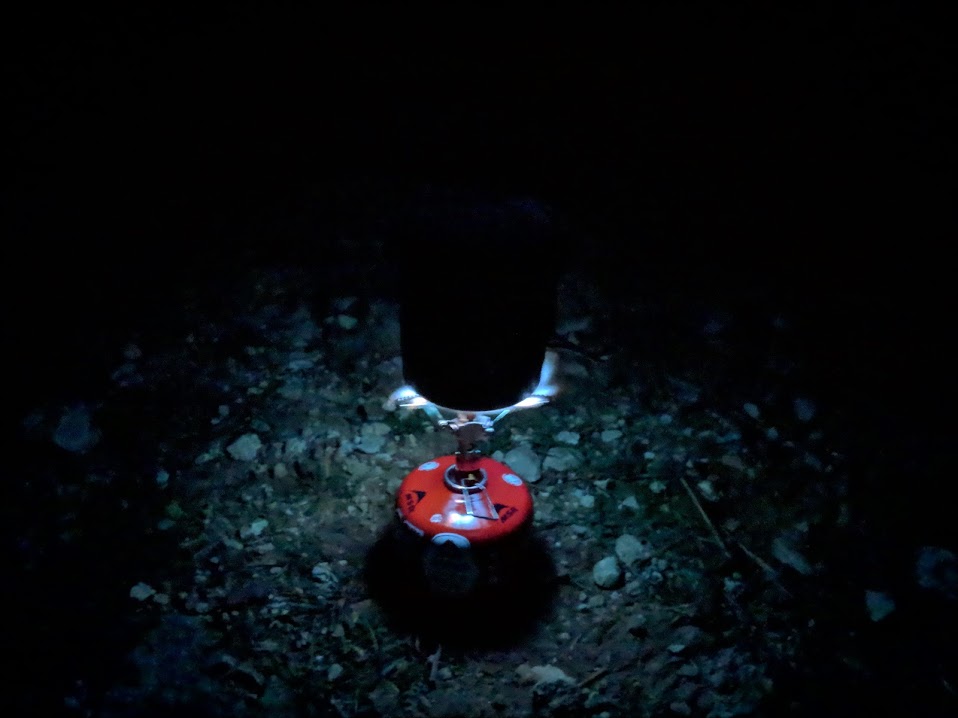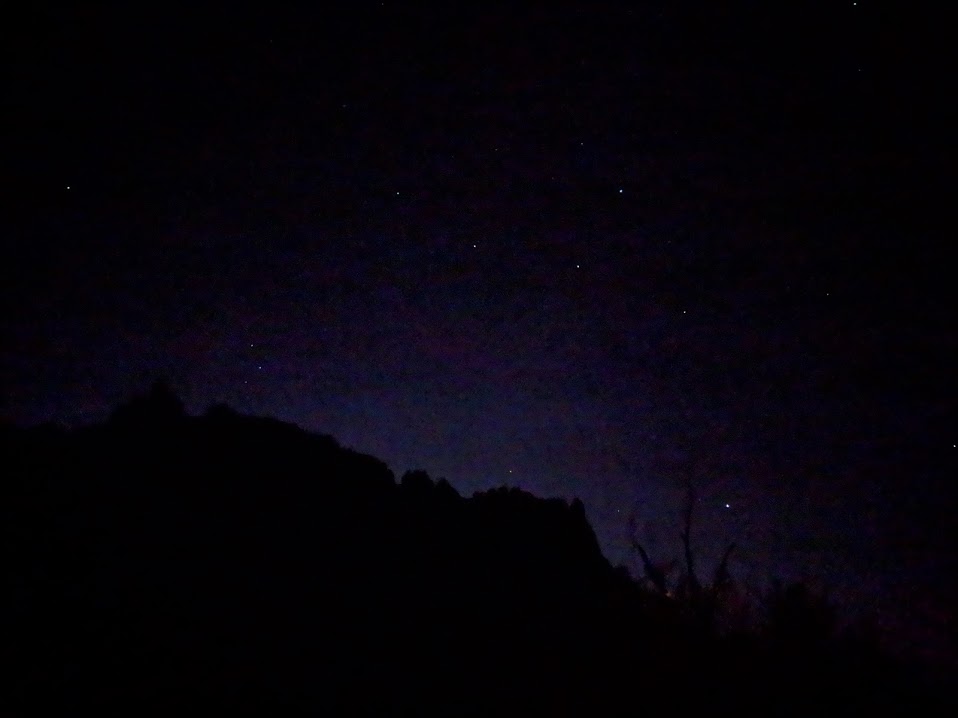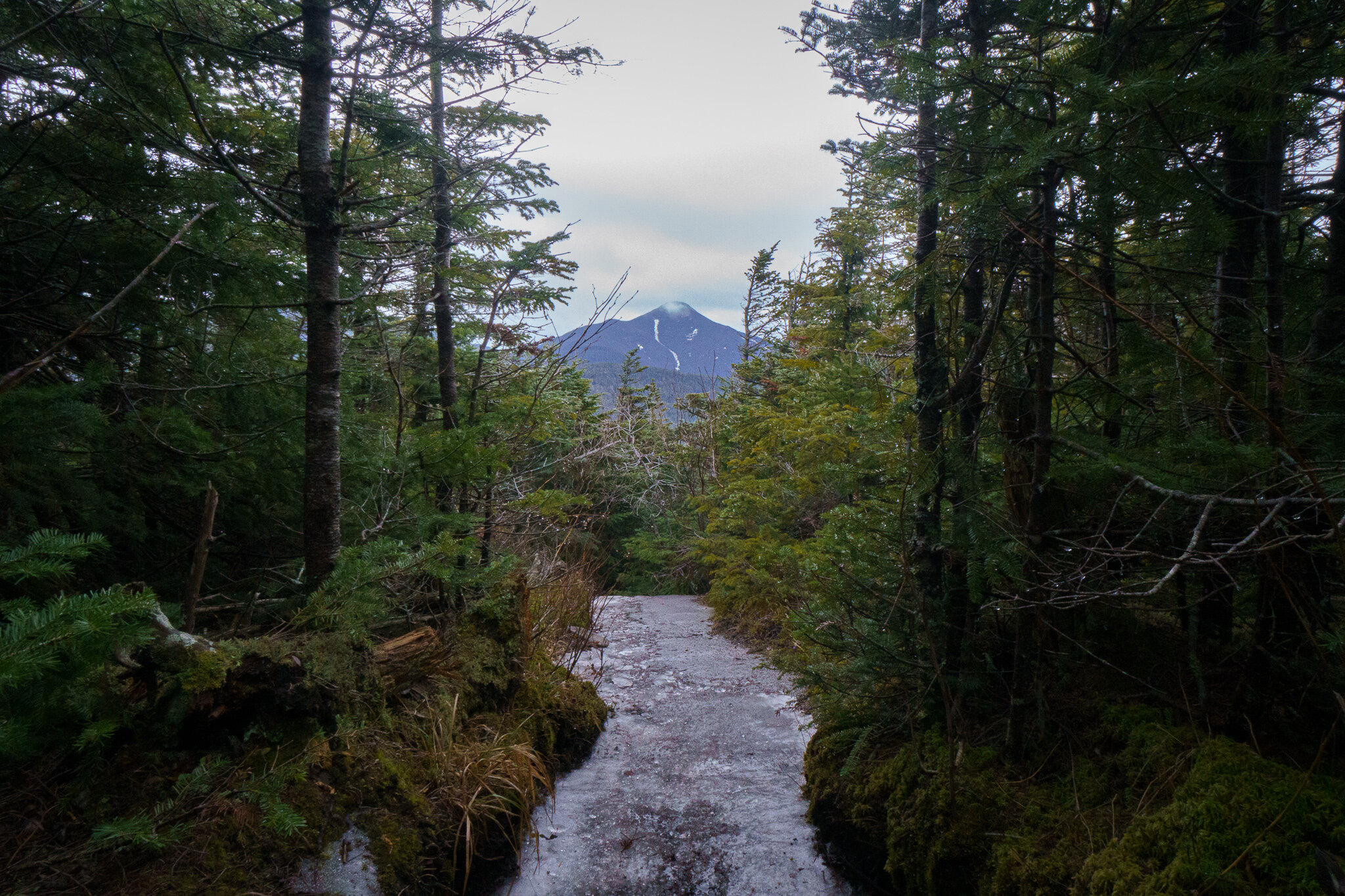The Superstition Wilderness Part II: backpacking to Weavers Needle

Distance: 8.24 mi
Elevation Gain: 2072 ft
Peak Elevation: 3923 ft
alltrails.com
Day 2 and back on the trail.
My fever had broke, but I was still not 100%. Using the first day as a gauge of what I could handle while sick, I decided to completely remap my planned route and reduced the number of miles I would take on over the next couple of days. Instead of doing an end to end route through the entire wilderness, I would do a modified loop trail, ending where I started. And so, hopped up on dayquil, I loaded my pack and hit the trail.
The main highlight for the day was the ascent to Fremont Saddle, offering up some of the most amazing views the Superstition Wilderness had to offer. After that, an equally as challenging but shorter descent into Peralta Canyon to a spot at the base a 1,000-foot tall rock tower formation called Weavers Needle. A spot that, at least on a topographical map, looked like level enough ground to set up a camp in.
The climb up was stunning. The rock formations looked like something out of a movie set. Somewhere between an old western and that really bad 90s live-action Flintstones movie with John Goodman. You know the one.
A lot of the hike crisscrossed through a canyon valley. Because of its funnel-like shape, on the rare occurrence of rain, the water would gather at the base creating mini oases in an otherwise dry environment. So the first half the trail transitioned between barren bouldery hills baking in the sun, to lush cool green vegetation filled valleys. Perfect for taking a shaded break in.
It was amazing the difference in temperature between the sun and shade. I came to Arizona out of a desire for warm weather. Mother nature had other plans.
When I planned this trip, I looked up weather trends for late December in Phoenix. It looked fine. Days averaging in the 60s to 70s Fahrenheit. As luck would have it though, this particular week, Phoenix was going through a cold snap. And the weather would get considerably colder in the mountains, with temps dropping into the 30s.
I wasn’t too concerned though. I had my Enlightened Equipment down quilt and a few good layers. It may not be the most comfortable night, but definitely survivable. My biggest concern was my water filter. If it were to get below freezing, my filter could crack internally. Leaving me in the middle of the desert without safe drinking water. And all the water sources I had come across so far had been less than ideal, to say the least.
After the steepest part of the hike, I finally made it to the peak. What awaited me was one of the most photographed spots in the entire Superstition Wilderness, and with good reason.
From where I stood on Fremont Saddle I could see out for miles and miles. But the view was most noticeably dominated by the 1,000 foot-tall monument of a rock column called Weavers Needle. Named after the mountain man explorer Pauline Weaver, its shadow reportedly plays a role in finding the location of the legendary “Lost Dutchman’s Gold Mine”.*
I would be setting up camp tonight somewhere at the base of it.
At the peak, I had the company of a few other hikers. But once I crested over into the next canyon, the trail completely cleared out. The majority of visitors to this wilderness are day hikers, come to see the view and then turn back for home. Going any further would require an overnight stay.
This is where the real wilderness began. I would not see another person until late the next day.
The descent past Fremont Saddle was a series of steep switchbacks which seemed to bring my progress to a crawl. As hours went on I started to get concerned about finding level ground to set up camp. Everything so far for the last hour or so was either too steep or too rocky.
I stopped on one large boulder that seemed flat enough, but tent stakes would not be an option. If I wanted shelter here, I would have to get creative and scrounge up some rocks to hold the tent in place.
I took off my pack to use it as a seat and plan my next move. I consulted my map. If I was reading it correctly, the level terrain I had previously marked off was only about a mile and a half further. If I hustled, I could make it there before the shadow of the canyon walls engulfed the valley in darkness.
Break time over. I tightened up my laces, swung my pack back on, and picked up the pace.
Finally, the steep hill stopped and opened up to a wide open lush flat valley. Feeling the aches of the day amplified by the fever I was getting over, I decided it was quitting time.
I set up my tent and had myself a victory cigar to celebrate the day.
As the sun set around 5 pm I began to realize, this was the first time I was backpacking in the winter, and I was going to be sitting in the dark for a long time. Usually when camping in the summer at the end of the day you cook dinner, hang out for a bit, head to bed, and wake up with the sunrise. But the sun wasn’t coming back up for 14 hours. And I can’t sleep for 14 hours. I was going to have to find a way to kill some time.
First things first, getting dinner started. As I boiled some water in preparation to cook my dehydrated backpacker food, I tried my hand at some star photography. Being armed only with my cellphone camera… it did not turn out well. But the stars were infinite and amazing. You’ll have to take my word for it.
After dinner, I pulled out my book (“Into Thin Air” by Jack Krakauer) and read by the light of my headlamp. The temperature began to drop rapidly. I couldn’t tell you exactly how cold it was, but I could tell you I had to hold the book open with my thumb with one hand and my other hand in my armpit to keep them from going numb. Switching hands with every page. It was going to be a long night.
There is something unique about night in the desert. In most climate areas, the ground absorbs a lot of the heat from the day, and retains it at night, keeping the temperature relatively even. In the desert, however, the rocks and the sand radiate the warmth of the sun out all day and retain none of it at night, causing the temperature differential to be drastic.
Once the cold made it too uncomfortable to read, I decided to take a walk around and do some stargazing, and hopefully warm up a bit. As I was roaming, something caught my eye out in the distance. An orange glow, low to the ground.
“That’s weird.”
It kind of looked as if someone was sitting down holding a cigarette. They would have definitely noticed my headlamp as I was walking, but didn’t call out. Weird. I called out instead.
“Hey!”
No response, ...creepy.
As I got a little closer I realized it was actually two glowing orange dots close to the ground. ...And they only glowed when my headlamp was pointing at them.
“Oh shit.”
I was being stared down by some wild desert animal. A coyote or large fox most likely. But having stumbled upon it glaring at me in the dark, it might as well have been a saber tooth tiger. I felt my heartbeat in my ears. I slowly backed away while yelling and making noise in an attempt to scare it off. It must have worked because the eyes eventually turned away and disappeared.
Once I got back to camp I sealed up all my “smellables” in my food bag and hung it from the tallest bush I could find downwind and away from camp. I decided now would be a good time to get in my tent. As if a fraction of a millimeter thick fabric would save me from being devoured by the Sasquatch. But hey, out of sight, out of mind right? Or something like that.
The night was cold. I kept looking at my watch trying to calculate when I could fall asleep and not wake up still in darkness. But eventually, the exhaustion from the day got to me.
Day 3
I woke up slightly before sunrise. I crawled out of the tent and stretched like I never stretched before. Digging through my pack, I grabbed for my stove and fuel and got excited to prepare my morning coffee. This was my favorite part of backpacking. Sitting in nature on a cool morning, watching the sun rise over the mountains, while sipping on a fresh cup of coffee.
Only problem, It apparently was way colder than I realized last night. My water froze.
Okay. Not a problem. I would just stick my water bottle in my jacket, break down camp. Hike for a bit, and have coffee with breakfast in a few miles. Improvise, adapt, and overcome.
After my delayed breakfast, I headed back up to Fremont Saddle and took a hard turn East onto an unofficial, unmarked path called the “Geronimo Cave Trail”. So-called because ...someone thought it sounded cool. Yeah, no fun story for this one. The real Geronimo was never actually anywhere near here.
I immediately began to realize why this was an “unofficial” trail. It was really more series of scrambles over large boulders than it was a path. Fun for anyone adventurous enough to try it, but I could see how one could get off-route here, so use caution.
I named this one the “Game of Thrones Boulder”
After some panoramic views of the entire desert, I arrived at the final area of decent. A large steep slab called “The Devil’s Slide”. My favorite description of this area comes from Arizonahikes.com*,
“Looking down and out things begin to seem a little scary. Now would be a good time to write a will. Fold it into a paper airplane and launch it towards the trailhead … The forest rangers tell you to pack out whatever you pack in. So, let’s get your carcass outta here and head on down.”
As I continued to make my way down the most perilous part of the entire trip I noticed there were climbing bolts in the rock. Attempting to maintain at least three points of contact, I had to downclimb off of routes that climbers would normally sport climb up with ropes. I began to understand why this route was not officially recognized by trail guides and park rangers. Yikes.
I finally got off the slab and made my way back to the trailhead. I found the parking lot and dropped my pack and just sat there for a bit. I reflected back on the last few days and had a laugh about the best laid plans. But I guess it’s not really an adventure if everything goes exactly the way you expect. Semper Gumby, always flexible.
Click Here for Part I: The Hieroglyphic Trail
*Sources:
Blair, Robert (1975). Tales of the Superstitions: The Origins of the Lost Dutchman's Legend. Tempe, Arizona: Arizona Historical Foundation. p. 12
Bartels , Joe. “Cave Trail #233, Arizona.” HikeArizona.COM, © 2000 - 2018 Hikearizona.com, 14 June 2003, hikearizona.com/decoder.php?ZTN=24.
















